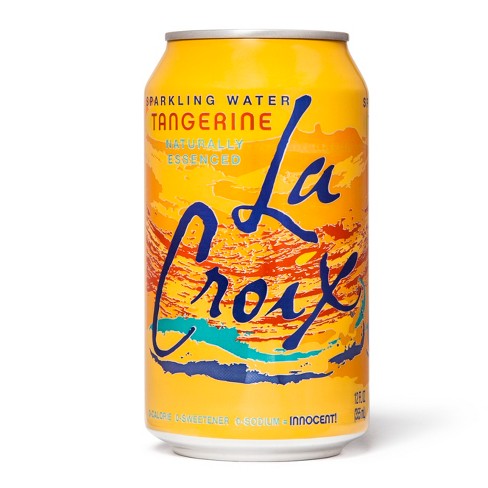

Tangerine peel helps in the production of collagen, which makes the skin flexible.
#100g tangerine calories free#
Contain antioxidants, which protect the skin and other parts of the body free from radicals.It helps to cure skin problems such as pimples, acne, wound or scraps in the skin faster.It helps to uphold the health of the digestive system.Leads to a healthy liver and monitor blood sugar.It helps to prevent unnecessary oxidation reaction in the body.The peel increases healthy cholesterol level in the blood.Health Benefits of a Fresh Tangerine Peel Nutrient Facts (53 kcal per 100 g serving) Nutrient Value Iron 0.15 mg Phosphorus 20 mg Sodium 2 mg Potassium 166 mg Calcium 37 mg Magnesium 12 mg Zinc 0.07 mg Copper 0.042 mg Manganese 0.039 mg Selenium 0.1 µg Water 85.2 g Protein 0.81 g Carbohydrate 13.3 g Dietary Fiber 1.8 g Total Fat 0.31 g Total Folate 16 µg Sugars, Total including NLEA 10.6 g Vitamin C 26.7 mg Folate 16 µg Thiamin 0.058 mg Vitamin B-6 0.078 mg Riboflavin 0.036 mg Niacin 0.376 mg Pantothenic acid 0.216 mg Source: Copper helps in the blood cell production and transport.Ī 100g of tangerine contains 53 calories of energy, while one serving of a medium-sized tangerine (88 gram) supplies 47 calories of energy. Tangerine also has minerals such as potassium, copper, calcium, folate, vitamin A from the carotenes, B-complex vitamins such as B 1 (thiamin) and B 6 (pyridoxine). Vitamin C helps the body to absorb other micronutrient such as iron, calcium. Vitamin C is in significant content, with all other nutrients in a low amounts. Tangerine comprises 85% of water, 13% of carbohydrates and slight amounts of fat and protein. The main caroteinoids are beta carotene, lutein, betacryptoxanthin, and zeaxanthin. Caroteinoids are pro-vitamin A compound that give citrus fruits yellow-orange color. It has antioxidants – carotenoids and flavanones (tangeritin, naringin, rutin, and hesperidin). Tangerine contains bioactive compounds in good quantity. The liquid extract helps to lower sugar levels, boost good cholesterol and helps digestion. It aids digestion, improves the skin, and boost immunity.
:max_bytes(150000):strip_icc()/clementine_annotated6-2edbde20ded54506b53894eceecd00c3.jpg)
Oral forms can relieve stress, anxiety, and improve digestion. The essential oil of tangerine has antiseptic property when used topically. We have essential oil, capsule and liquid extract forms. Infusion can be made from the dried peel, and used to treat digestive issues, inflammation. The dried peel can be ground into powder, and serve as a natural exfoliating agent. The peel can be dried and used for medicinal purposes or as a preservative. It can also be dried and eaten in dried form. Tangerine can be eaten raw or added to salad after removing the peel. The forms are raw, dried, powder and infusion.

This plant is a dicotyledon and belongs to the family, Rutaceae. They are antioxidants, and may help lower cholesterol levels. There is a citrus flavonoid called tangeretin found in most citrus such as tangerine, orange, mandarins. The scientific name of the fruit is Citrus reticulata. They are considered varieties of mandarin oranges mainly cultivated in tropical forest, especially in Southeast Asia, with China being the main producer. Tangerine is a citrus fruit that is orange or red.


 0 kommentar(er)
0 kommentar(er)
